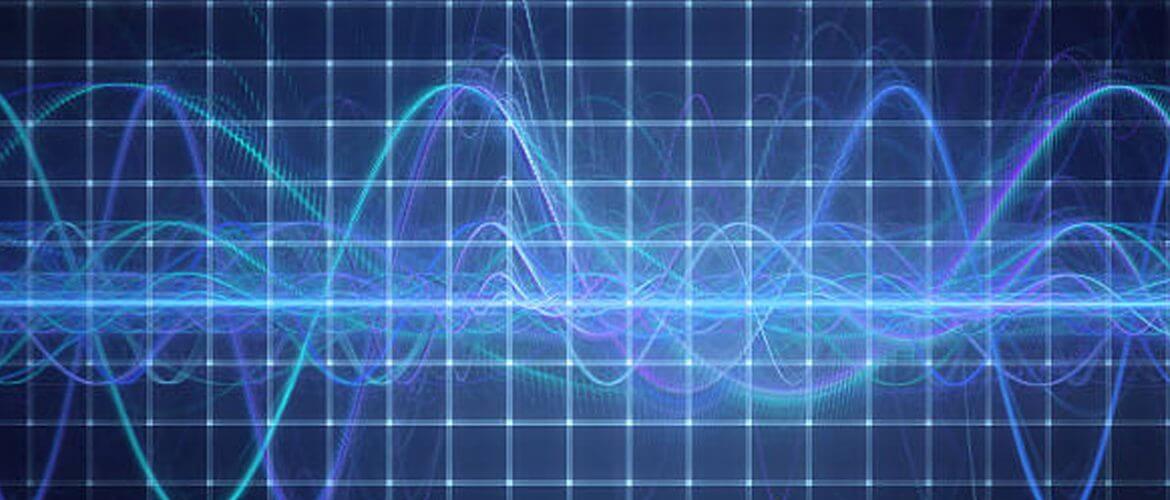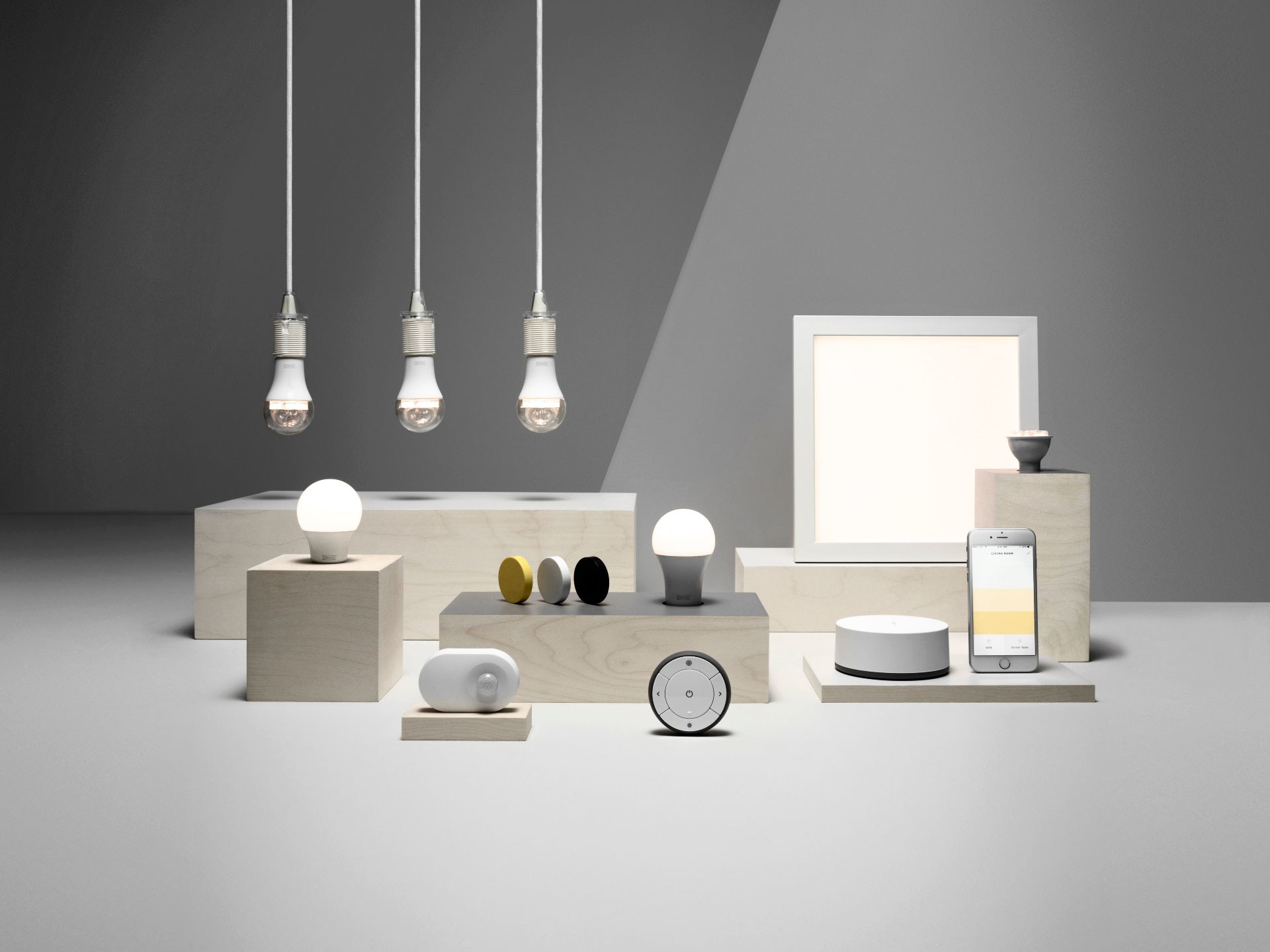
The Truth About 5G Safety
All around the world, carriers are rolling out the latest generation of cellular network technology, 5G, which promises much higher data rates, lower latency, and increased capacity. In the Ericsson Mobility Report, the multinational networking and telecommunications company predicts that 5G networks could carry 35 percent of mobile data traffic globally by 2024.
However, not everyone is looking forward to the benefits of 5G networks. In fact, some worry that the latest generation of cellular network technology could have a profoundly negative effect on the health of all people who become exposed to it. Let’s explore the reasoning behind these fears to find the truth about 5G safety.
Meet 5G
A decade has passed since the first commercial deployment of the fourth generation of broadband cellular network technology, better known as 4G. Since then, the number of connected devices has exploded, and the Internet of Things has matured beyond buzzword status into a fact of life in developed and developing countries alike.
The current broadband cellular network technology is unable to satisfy the growing need for high-performance, low-latency cellular connections. 5G promises to enable billions of new connections with at least a tenfold improvement in network performance. It also promises network latency that doesn’t exceed a couple of milliseconds and a high-capacity, high-reliability architecture comprising of many small cells.
“5G will enable blossoming technologies that rely on connectivity to the internet to go widespread, from connected self-driving cars to smart plugs, lights, cameras, toothbrushes, thermostats, healthcare monitoring devices and more,” writes Ethan Siegel, a senior Forbes contributor and the author of science blog Starts With A Bang. “The Internet of Things is coming, and 5G is the technology that will take it mainstream.”
Is the Cost of 5G Too High?
To deliver on its promises, 5G technology uses both the existing LTE frequency range (600 MHz to 6 GHz) and millimeter wave bands (24–86 GHz). Today, millimeter-wave bands, also called mmWave, are used mostly for satellite and point-to-point radio links. Some people are worried that prolonged exposure to higher doses of millimeter-wave bands could have negative biological effects because radiofrequency energy at these frequencies is absorbed superficially by the body, mostly by the skin.
There were even protests earlier this year in Wales and Switzerland, with thousands of protestors demonstrating against the rollout of the new technology. When opponents of 5G are asked why they believe the technology could be harmful, they often refer to the World Health Organization (WHO) and its classification of all radiofrequency radiation as possibly carcinogenic.
More recently, some 5G critics have been mentioning a toxicology report released in 2018 by the US Department of Health, which found that male rats exposed to high doses of radiofrequency radiation developed a type of cancerous tumors in the heart.
To add fuel to the fire, there are researchers like Joel M. Moskowitz, who is known for publicly voicing his concerns about the possible health risk of 5G. Moskowitz works on public health issues that include cell phone risk, tobacco control, and alcohol abuse at the faculty of the School of Public Health at the University of California, Berkeley, published an influential article in Scientific American, titled “We Have No Reason to Believe 5G Is Safe.”
Does this mean that 5G is really dangerous and that there is a valid reason for concern? To properly answer this important question, it’s necessary to start with a brief explanation of the science behind cellular communication.
Understanding Radiofrequency Radiation

At the heart of the fears surrounding the rollout of the latest generation of cellular network technology is something called radiofrequency radiation (RFR), which is the radiation (the emission or transmission of energy in the form of waves or particles through space or through a material medium) produced by the transfer of energy by radio waves.
Even though RFR sounds scary and is often associated with nuclear radiation, the two types of radiation differ in one very important aspect: RFR is non-ionizing, just like all lower-energy radiation, which includes optical (visible) and infrared (heat) radiation.
Low-energy radiation is also called non-ionizing radiation because it doesn’t have enough energy to detach electrons from atoms or molecules and thus cause damage at the cellular level to biological organisms.
On the other hand, the radiation from x-rays is probably the most known form of ionizing radiation, and there’s a very good reason why doctors always try to minimize exposure to it as much as possible with lead shields and other radiation protection solutions.
No Reason to Fear
Even though millimeter-wave bands have a much higher frequency than LTE bands, they are still very much in the non-ionizing part of the electromagnetic spectrum. Because RFR has such a low power, even prolonged exposure to it is nothing compared with the exposure to sunlight.
“To put it in context, the weakest visible light is more than 17,000 times more energetic than the highest-energy 5G photon possible. Were they consistent, anti-5G activists should be orders of magnitude more concerned about light bulbs than cellular phones. The fact that they aren’t is indicative of a gross misunderstanding,” writes David Robert Grimes, an Irish physicist, cancer researcher, and science writer.
What’s more, the power of 5G signals sharply decreases with distance. What would be classified as a high radiation dose when standing just a few inches away from the sour goes down by a factor of 10,000 about 33 feet from it. It’s estimated that a portable radio or boombox produces far more radiation of similar frequencies when held close to the body as one would receive from a 5G device carried in a pocket.
“The maximum radio frequency level that someone in the community could be exposed to from 5G (or any other signals in general community areas) is so small that no temperature rise has been observed to date,” says Professor Rodney Croft, an adviser to the International Commission on Non-Ionizing Radiation Protection (ICNIRP). In other words, 5G and earlier mobile technologies don’t produce any harmful heating effects.
According to one scientist who worked on the report that found that male rats exposed to high doses of radiofrequency radiation developed a type of cancerous tumors in the heart, “exposures used in the studies cannot be compared directly to the exposure that humans experience when using a cell phone,” and that goes even for heavy users. In fact, the same study found that rats exposed to the radiation lived longer than those in the control group.
The fact that the WHO classified all radiofrequency radiation (of which mobile signals are a part) as possibly carcinogenic doesn’t sound too scary when you learn that this category is used for agents, mixtures, and exposure circumstances for which there is limited evidence of carcinogenicity in humans, such as pickles. Alcoholic drinks and processed meat are in a higher category because the evidence is stronger.
“Using the term radiation is misleading because people think of nuclear weapons—they think of ionizing radiation that absolutely can cause damage. It can kill cells. It can cause DNA mutations,” says Dr. Steve Novella, an assistant professor of neurology at Yale and the editor of Science-Based Medicine. “There’s no known mechanism for most forms of non-ionizing radiation to even have a biological effect,” he says.
The Bigger Picture
Instead of studying the potential negative impact of individual 5G devices, it might be more useful to take a step back and look at the effect mobile technology has had on people since the very beginning. Between 1992 and 2008, cell-phone usage has grown from virtually zero to 100 percent, but there has been no indication of the increase of cell-phone usage resulting in more cases of cancer.
Numerous studies have confirmed this, many of which focused on RF workers, who install the wireless communication towers that provide the necessary infrastructure for 5G and are exposed to very high doses of RFR on a daily basis.
A good example is the 13-country INTERPHONE study, which unequivocally concluded that there was no causal relationship between phone use and incidences of common brain tumors such as glioblastoma and meningioma after to measuring the impact of cell phone usage on the human body for decades in 13 countries. There are also several long-term studies that studied radar workers, and they all concluded that the exceptional levels of RFR to which they are subjected to do not show a hint of increased cancer incidence.
All these and many other studies paint a clear picture: no adverse health effects have been established as being caused by mobile phone use to this date, and there is no scientifically valid reason to believe that the rollout of 5G would change that.



